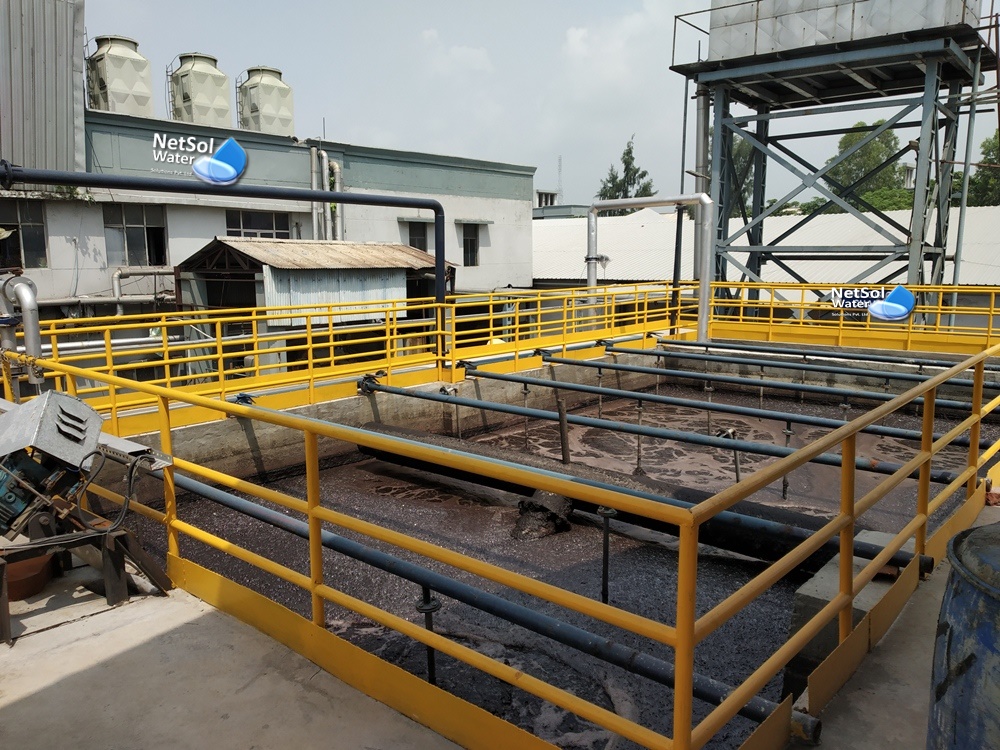What Is The Working Principle Of A Sewage Treatment Plant?
The operation of a sewage treatment plant (STP) is comparable to that of a septic tank, but mechanical components offer extra processes to aid in the breakdown of particles and generate a cleaner, more ecologically friendly effluent.
What is the working principle of a sewage treatment plant?
Bar Screen
The Bar Screen's job is to screen out any potential
particles that could clog the pipes inside the STP in order to avoid blockages
from occurring.
After a few weeks, all of these particles are removed as part of STP maintenance.
An Equalization Tank
The main job of the equalization tank is to serve as a buffer. to position to the rest of the ETP at a stable (Average) flow rate and collect the incoming raw effluent that comes at highly variable rates. ETP is delivered at a high flow rate during peak hours with the aid of blowers. When there is no or very little incoming effluent during non-peak hours, the equalization tank stores this wastewater and releases it. Filtered effluent is carried in the equalization tank's inflow pipe to avoid clogging.
Aeration Tank
The Equalization Tank to Aeration
Tank sewage is transferred using a sewage lifting pump.
Aeration is used as a pretreatment in
the water treatment process to get rid of iron and hydrogen sulfide, which
gives water a rotten egg odor. Iron and hydrogen sulfide are both effectively
oxidized by air. It swiftly transforms ferrous iron that cannot be filtered
into ferric iron that can be filtered, and it turns hydrogen sulfide to
elemental sulfur, which can be readily removed from water by a filter. Air
oxidizes substances very quickly—much more quickly than chlorine.
Tube settler tank.
Poly Aluminum Chloride (PAC) is
transferred from the PAC tank into the Tube Settler Tank. PAC is a good
coagulant with low sludge waste generation and high coagulant efficiency.
Tube settlers use numerous tubular
channels that are close to one another and inclined at an inclination of 60
degrees to maximize the effective settling area. As a result, settling periods
are shortened because the particle settling depth is substantially lower than
that of a traditional clarifier.
The bigger floc is able to travel to
the tank bottom in a more settleable state because tube settlers grab the
settleable finefloc that escapes the clarifying zone beneath them. Solids are
gathered in the tube settler's channel into a tight mass, which encourages the
solids to slide down the tube channel.
Immediate
storage tank.
The chlorine dosing tank discharges
chlorine into the nearby storage tank.
When chlorine is used to treat water,
it helps to delay the activity of anaerobic sulfate-reducing substances and
also helps to lessen odor-related annoyance. Also, while the germs are still in
the immediate storage tank, chlorine aids in their destruction.
The Filter
Feeds
The water is sent to the pressure sand filter by the
filter feed pump.
Several layers of sand with different sizes and specific
gravities make up the Pressure Sand Filter. These filters are made to remove
turbidity and suspended particles from feed water with the least amount of
pressure loss possible. After that, the water is sent to a carbon filter, which
is the best at eliminating chlorine, sediment, volatile organic compounds
(VOCs), taste, and odor from water. They are ineffective at eliminating
dissolved inorganic chemicals, minerals, and salts (DOCs)
Carbon filters can typically filter
out particles that are between 0.5 and 50 micrometers in size. The filter
description will include the particle size. A carbon filter's effectiveness is
also dependent on how the flow rate is controlled. The pollutants are exposed
to the filter media for a longer period of time when the water is permitted to
pass through the filter at a slower rate.
Treated
Water Tank
Depending on where the sewage
treatment plant is located, this is the water's eventual destination, where it
will be dispersed for either home or industrial usage.
Finally,
the sludge is transferred to the sludge holding tank.
Final disposal typically involves the
use of the material as fertilizer on fields, deposition at waste disposal
facilities, or incineration either internally or with an external partner,
frequently as part of the production of electricity.
Conclusion
Sewage is a mixture of
water and solid waste that is conveyed down a sewer for treatment or disposal.
Wastewater treatment safeguards public health by preventing pollution,
sickness, and risks from sewage toxins. Sewage treatment is therefore
necessary.
Netsol Water Solution
offers the best sewage treatment plant.
Call on +91-9650608473,
or write us at enquiry@netsolwater.com for any support, inquiry or
product-purchase related query.

Comments
Post a Comment